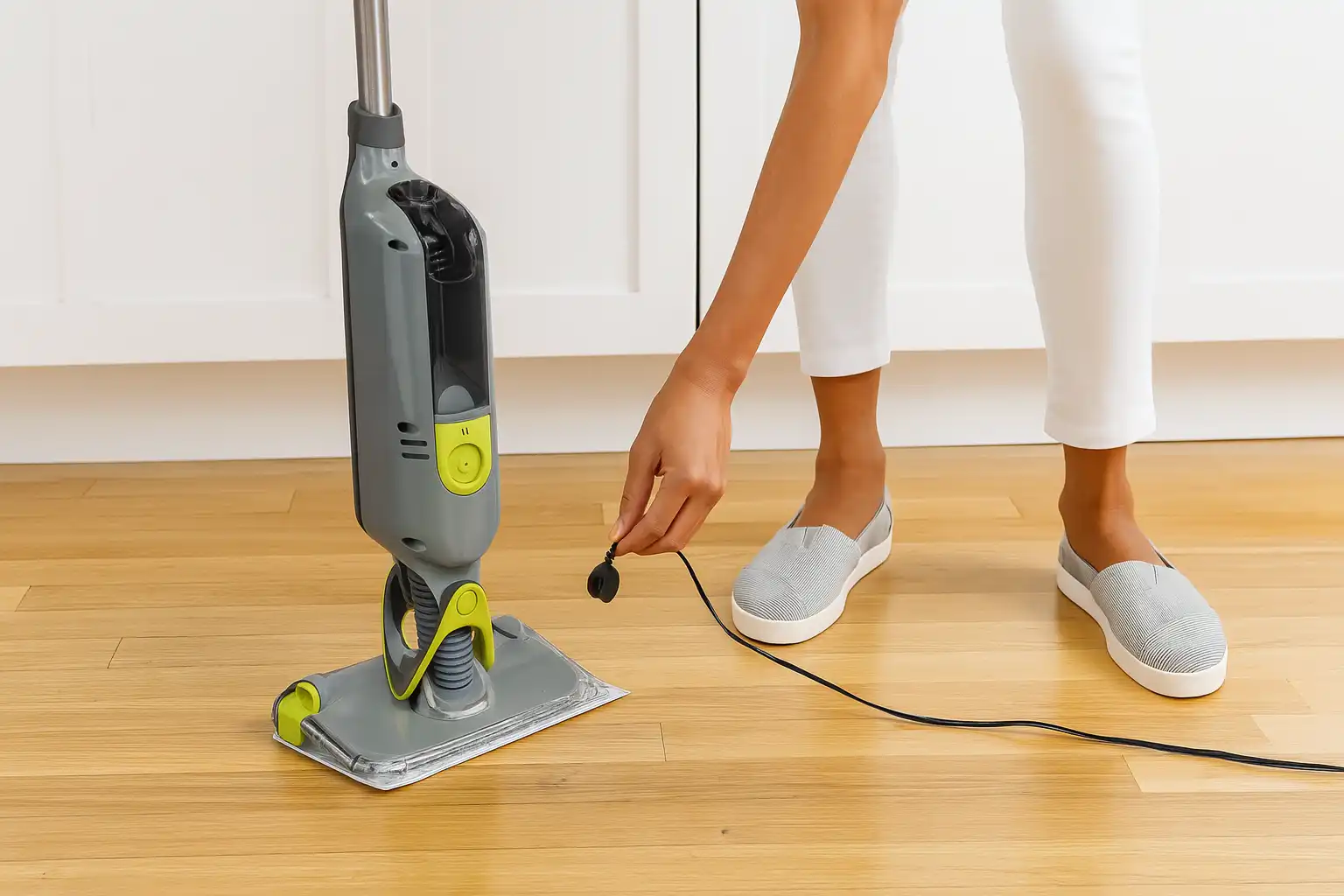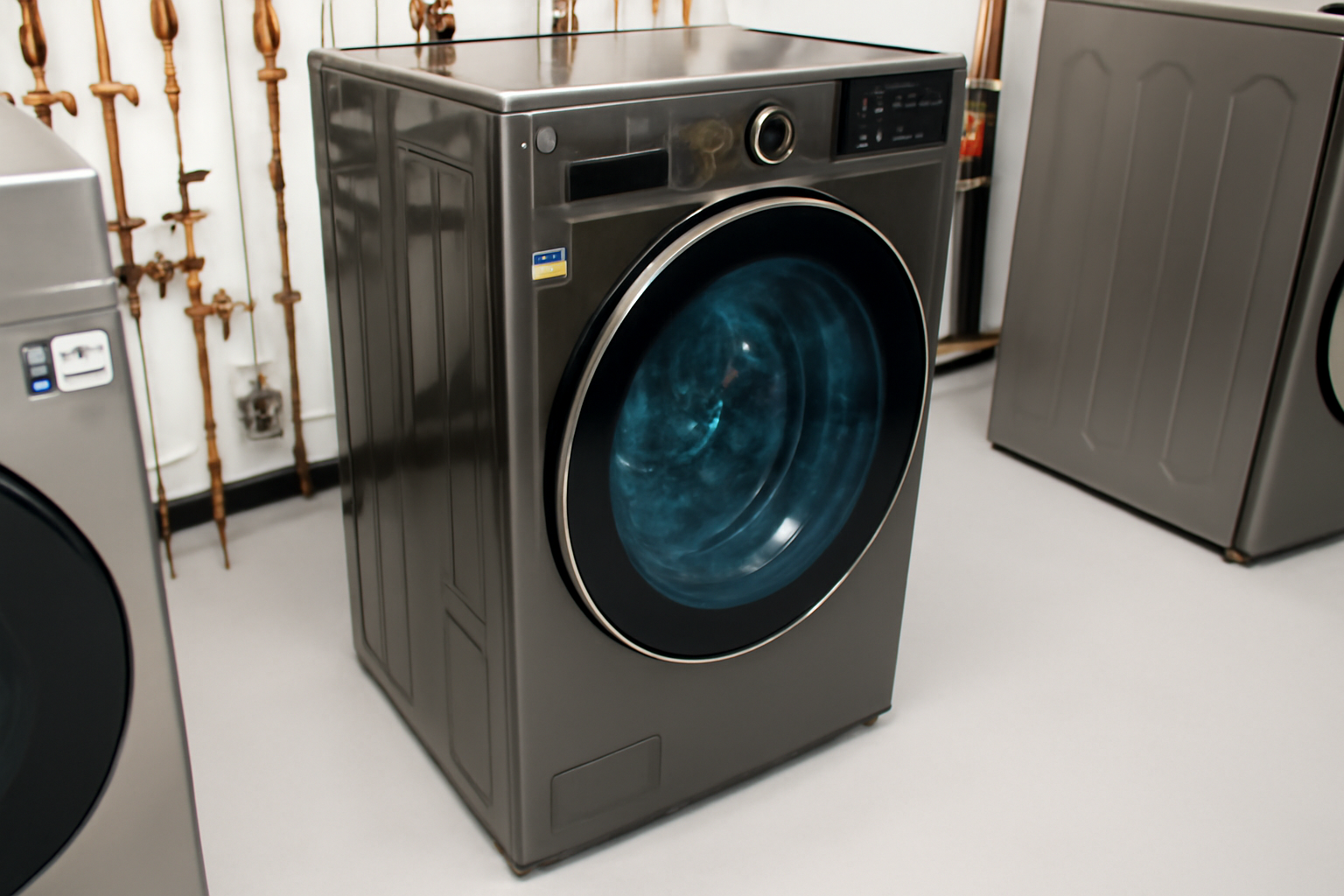Kitchen & Household
The Ultimate Guide to Clean Your Glass Stove Top
Understanding Your Glass Cooktop To clean a glass stove top with reasonable care, it is important to focus on the fact that glass surface might not be too friendly to the aggressive cleaning techniques. When maintaining the surface to be able to get it right, non-abrasive cleaners should be chosen so as not to create […]
The Best Double Oven Electric Range of 2025 | Should You Buy One?
Introduction to Double Oven Ranges The question on what is the best electric double oven range is on the lips of many people, and the answer to this question depends on whether you prefer a slide-in range or a traditional gas oven model. When you like baking and entertaining, a best double oven electric range […]
Shark VACMOP Pro Cordless Hard Floor Vacuum Mop with Disposable Pad
Introduction to Shark VACMOP The shark vacmop is not just another cleaning tool; it’s a smart solution that combines vacuuming and mopping in one easy step, perfect for maintaining sealed floors. I was first introduced to the cordless vacuum cleaner when I needed something light but effective for quick kitchen cleanups, much like the vc205 […]
Does Iodized Salt Melt Ice? A Scientific Breakdown
From my own experiments during a snowy winter, I once grabbed regular table salt from my kitchen cabinet when I ran out of de-icer. I was skeptical, but to my surprise, it worked though not as quickly as the usual stuff. This personal test got me curious about the science: does iodized salt melt ice […]
Hisense Refrigerator Review | French Door Appliance Analysis
Introduction to Hisense Refrigerators After trying out different large appliances over the years, I’ve found that Hisense refrigerator reviews consistently highlight a smart blend of performance and everyday usability without breaking the bank. Reading multiple Hisense refrigerator reviews shows that whether you’re eyeing a French-door refrigerator for your new kitchen or just need a reliable […]
Asko Dishwasher Reviews | Built-In Appliance vs. Bosch
After years of testing various kitchen appliances, I found that Asko dishwashers offer a different kind of experience: quiet, sleek, and seriously efficient. If you’re just discovering the Asko brand, it’s worth noting that it’s part of the Hisense Group and has been gaining steady popularity in the U.S. market. Whether you call it minimalism […]
Recycling Guide for Plastic Tupperware Symbols
When I started paying attention to plastic Tupperware symbols, I was surprised by how much they told me. At first, I thought the plastic Tupperware symbols on containers were just random marks, but they’re actually super helpful. Whether I’m heating leftovers or packing lunch, I always check for the microwave safe plastic symbol or the […]
How to Dispose of Knives Safely and Responsibly | Reviewed
When people ask me how to dispose of knives, I always share what I learned the hard way. Once, I carelessly tossed an old knife in the trash, and it led to a small injury when someone tried to take the bag out. Since then, I’ve made it a habit to wrap the sharp blade […]
What is Best Refrigerator with Ice Maker and Dispenser?
If you love cold drinks or often host guests, having the best refrigerator ice maker with an ice dispenser can be a real game-changer. I remember upgrading to the best refrigerator ice maker and realizing how much easier life became, especially with its ability to dispense various ice shapes. No more filling trays or worrying […]
Best LG Front Load Washers 2025: A Comprehensive Guide
As someone who’s tested more than a few front-load washers over the years, I can confidently say that finding the best LG front load washer in 2025 is all about balancing performance with practicality. If you’re searching for the best LG front load washer, you’ll notice how LG combines efficiency, style, and intelligent features, such […]









